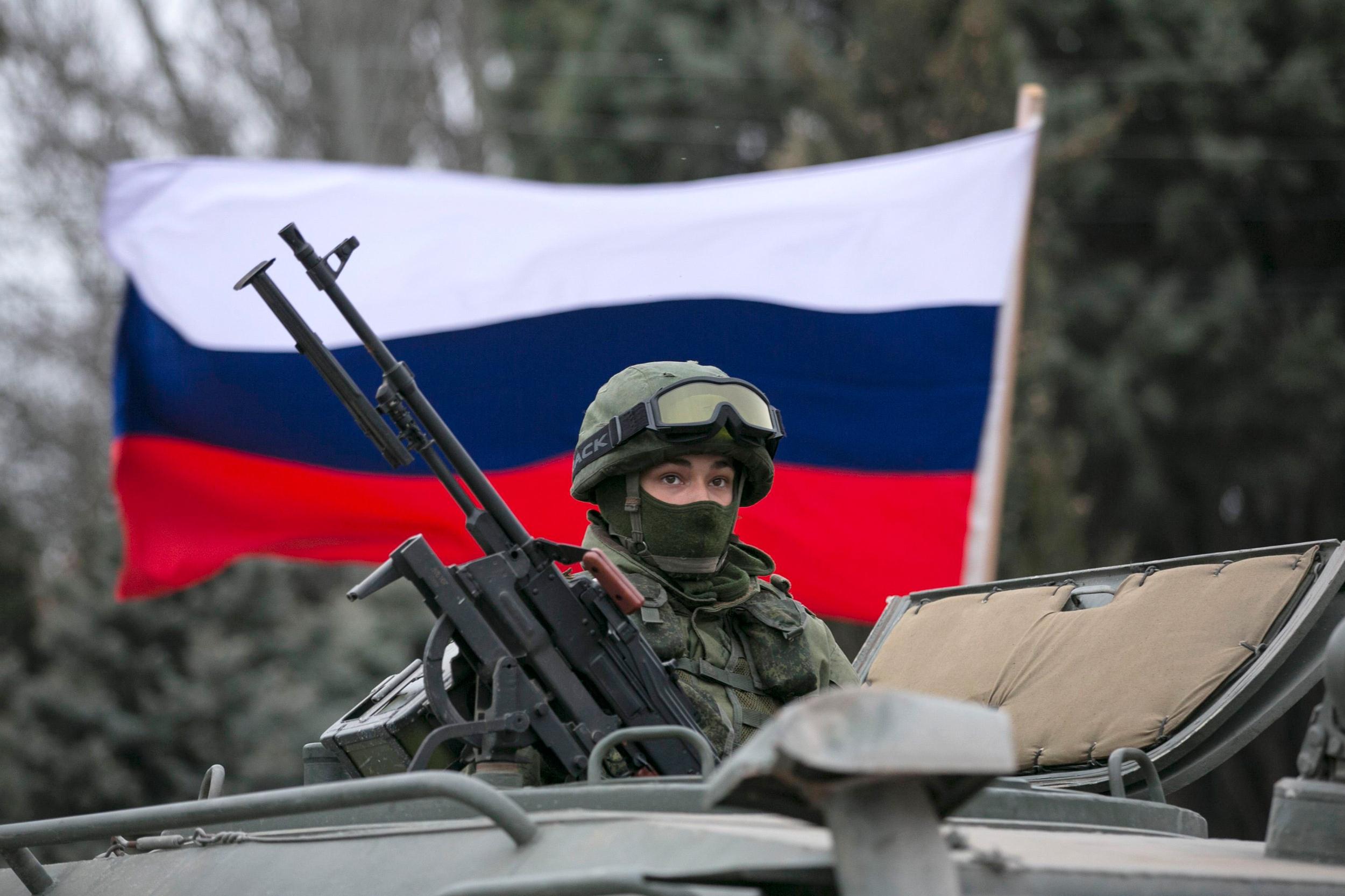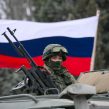
Assessing Russia’s Defense Priorities in Crimea
Publication: Eurasia Daily Monitor Volume: 12 Issue: 64
By:

Since Russia’s illegal annexation of Crimea in March 2014, senior Russian political-military leaders have, on numerous occasions, referred to military reinforcement and consolidation when speaking about integrating the peninsula into the Russian Federation. This has resulted, consequently, in often contradictory statements from the defense ministry concerning the number of “new” units being created in Crimea, while the underlying priorities appear to be focused on strengthening the Black Sea Fleet, coastal defense and air defense capabilities. Yet, there have also been indications that assets have been moved into Crimea consistent with strategic messaging to demonstrate intent to deploy nuclear weapons if needed. However, the emerging pattern of developing Russia’s conventional capabilities on the peninsula raises questions concerning the purpose of such defenses and, especially, on the issue of identifying the potential enemy (Flot.sevastapol.info, accessed April 7; see EDM, March 17, 27).
Moscow’s efforts to upgrade its military order of battle in Crimea over the past year have recently yielded fresh details. The long-term planning to complete the military reinforcement of Crimea is likely to take several years to complete, but the defense ministry’s message, meanwhile, is that progress is breathtaking. On December 19, 2014, Defense Minister Sergei Shoigu announced the creation of a “self-sufficient grouping of troops” in the “general-purpose forces in Crimea. Seven formations [soyedineniye] and eight military units for various purposes have been created on the peninsula in addition to existing forces and assets” (Voyenno Promyshlennyy Kuryer, March 25; see EDM, December 9, 2014). Such announcements, however, lacked detail on the new units and their location or on overall numbers of Russian military personnel in Crimea.
An important driver in some of these changes relates directly to the circumstances and aftermath of the annexation itself. In March 2014, around 200 military units and subunits of the Ukrainian Armed Forces were located in Crimea; together with other non-defense ministry forces, these totaled around 18,800 personnel. Among these, there were 11,900 serving in the Ukrainian Navy and 2,900 in the Air Force. Following the successful Russian military operation to annex the peninsula, Ukrainian military personnel were given a number of options on their status ranging from being discharged into the reserves, remaining in the Ukrainian military and leaving Crimea, or joining the Russian military. Reportedly around 80 to 90 percent of the Ukrainian military personnel in Crimea opted to join the Russian Armed Forces; approximately 9,000 personnel were added to the Black Sea Fleet (Voyenno Promyshlennyy Kuryer, March 25).
In addition to the task of integrating Ukrainian personnel and former Ukrainian military infrastructure into the Russian order of battle, a number of additions and important changes occurred. For example, there are currently a number of battalion task forces from the Russian Ground Forces and elite airborne forces (VDV) on the Perekop and Chonhar isthmuses separating Crimea from the mainland. In December 2014, the Russian defense ministry activated the 127th Intelligence Brigade in Sevastopol (Voyenno Promyshlennyy Kuryer, March 25).
This process of expanding and developing existing military infrastructure can be seen most clearly in the extension of the number of airfields in use, which has reached eight, located in Belbek, Donuzlav, Dzhankoy, Gvardeyskoye, Kacha, Kirovske, Oktyabrskoye and Saki (Flot.sevastapol.info, accessed April 5). The appearance and composition of the 39th Helicopter Regiment at Dzhankoy remains unknown, though it is most likely equipped from air bases in the Southern Military District. Commentators have referred to the possibility of long-range bombers being deployed in Crimea, presumably nuclear capable. In the Soviet era, Long-Range Aviation—particularly, Tu-22M3s—was based at three Crimean airfields: Veseloye, Oktyabrskoye, and Gvardeyskoye. Following the dissolution of the Soviet Union, the Veseloye Airfield became a poultry farm. The condition of Gvardeyskoye and Oktyabrskoye runways required repairs, and Tu-22M3 bombers were rebased to Crimea during a snap combat readiness inspection; it remains unclear as to whether these assets are permanently deployed in Crimea (Voyenno Promyshlennyy Kuryer, March 25).
Other changes to the Russian order of battle in Crimea include creating a training center for junior naval specialists; activating the 4th Nuclear, Chemical, and Biological Defense Regiment at Inkerman (Sevastopol); reorganizing the Black Sea Fleet 744th Communications Center and supplying new equipment; establishing the 128th Coastal Defense Brigade based on the Ukrainian 36th Brigade in Perevalnyy; forming the 501st Naval Infantry Battalion in Feodosiya (based on the Ukrainian 1st and 501st Naval Infantry Battalions); creating the 18th surface-to-air missile (SAM) regiment in Central Crimea; as well as creating the 40th Control and Telemetry Complex for the Aerospace Defense forces in Sevastopol. Black Sea Fleet combat and logistical support units have also witnessed reform. As a result, the previously existing naval engineering company was reorganized as the 68th Naval Engineer Regiment at Yevpatoriya and assigned missions of supporting the ferry crossing over the Kerch Strait. These changes imply preparations to defend Crimea against an opponent with vastly stronger capabilities than are possessed by Ukraine (Voyenno Promyshlennyy Kuryer, March 25).
Despite such organizational changes and the rapid rate of progress in his detailed assessment in Voyenno Promyshlennyy Kuryer, Dmitry Boltenkov concludes: “Much work lies ahead both for building a full-fledged basing infrastructure of troop units as well as for increasing combat readiness of the newly activated and integrated units and re-outfitting them with new and advanced equipment” (Voyenno Promyshlennyy Kuryer, March 25).
The Russian defense regrouping and modernization of military infrastructure in Crimea is partly driven by the need to integrate former Ukrainian Armed Forces personnel and infrastructure into the Russian system, with some minor changes added. While it is still a work in progress, there seems little doubt that the disposition of forces in the peninsula and additional forces Russia could bring to bear are adequate to defend Crimea from any Ukrainian attack. However, the conventional assets being deployed by the Russian defense ministry implies longer-term planning to protect the area from a Western-backed intervention—as unimaginable as that seems. Thus, the defensive priorities in Crimea suggest the Russian General Staff may view the peninsula as a future flashpoint. And in as much as the territory has been absorbed into the Russian Federation, it means Crimea is covered by the same nuclear security guarantee as other parts of the state.




